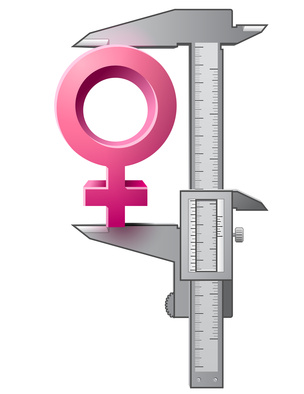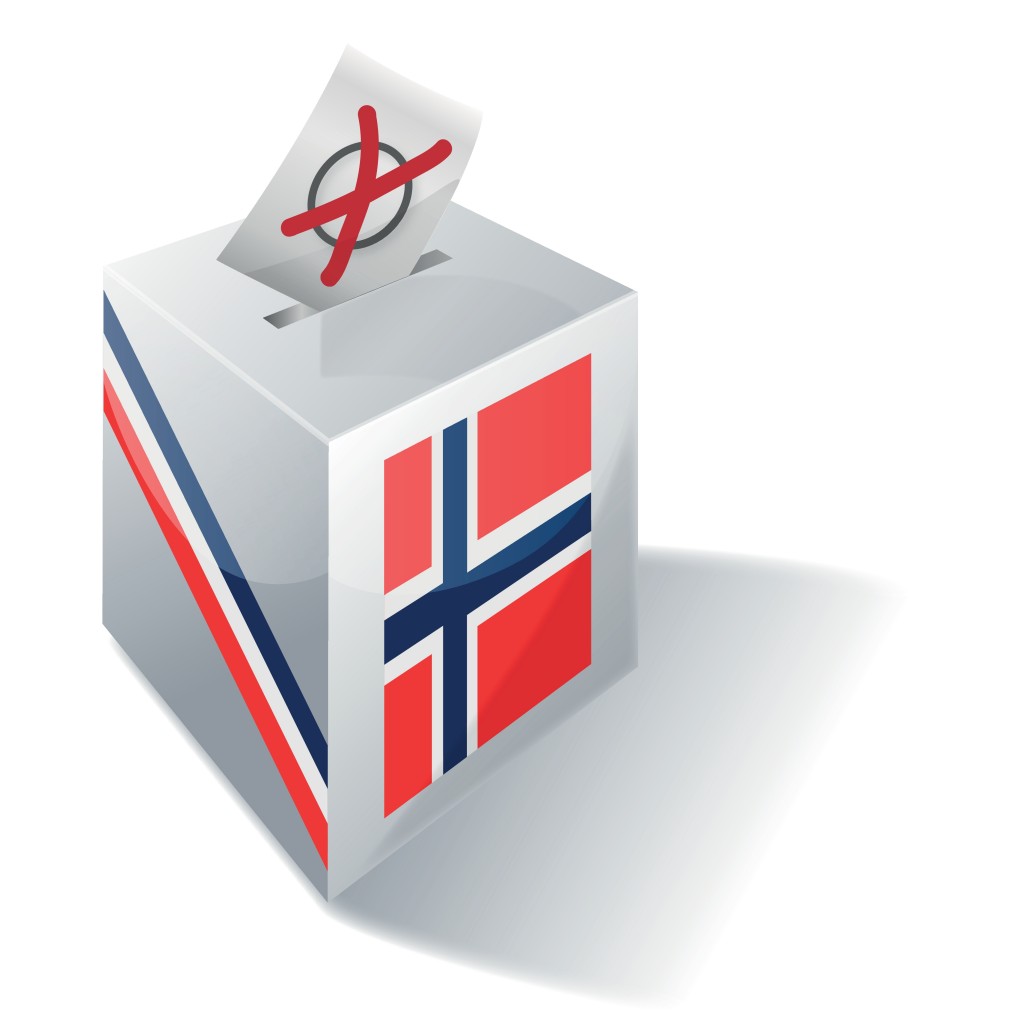Tag: genset

Medical science improves our lives by developing treatments for illnesses. But if a treatment is going to work for everyone, research and testing must be done on a varied population. The challenges of science often lead to just the opposite situation. One way to test if a drug is actually having the hypothesized effect is to give it to several people who are otherwise as similar as possible. Medical treatments may therefore be developed without sufficient testing on both men and women. Read more…

A manifesto has emerged from the European Gender Summit, held in Brussels in November, 2011. The manifesto is the result of a public consultation building on the recommendations of of the genSET project and others. The European Commission invited the scientific community to recommend specific actions that could strengthen the role of women in science and innovation in its new research program, Horizon 2020.
Increasing gender balance in organizations is about improving the quality of the workplace for everyone. Improving the quality of the workplace feeds institutional goals across the board. Making the value of diversity in a workforce visible must become an integral part of leadership development programs. These 6 steps helped the University of Tromsø increase diversity 50% in four years. Learn more…
With focus and commitment, the University of Tromsø has become Norway’s leading university for gender balance. New statistics have arrived and they reveal that 27.4% of our full professors are women.
Tromsø is better than any other institution of higher education in Norway, and it is well ahead of the national average of 23%. Learn why and how we did it.
Search the Archives
Archives by Month
- October 2018
- September 2017
- May 2017
- May 2016
- December 2015
- October 2015
- June 2015
- March 2015
- February 2015
- January 2015
- December 2014
- November 2014
- October 2014
- September 2014
- August 2014
- July 2014
- June 2014
- May 2014
- April 2014
- March 2014
- February 2014
- January 2014
- December 2013
- November 2013
- October 2013
- March 2013
- February 2013
- January 2013
- December 2012
- November 2012
- October 2012
- September 2012
- August 2012
- July 2012
- June 2012
- May 2012
- April 2012
- March 2012
- February 2012
- January 2012
- December 2011
- November 2011
- October 2011
- July 2011
- June 2011
- May 2011
Archives by Tag
- Academia
- Adjacent Possible
- Affirmative Action
- Bibliometrics
- Blogging
- Blogs
- Bottleneck Effect
- Cademia
- Change
- Collaboration
- Cooperation
- eBook
- Education
- Egalitarianism
- European Gender Summit
- European Research Council
- Fatherhood
- Fatherhood Bonus
- Featured
- Feminism
- Geder Summit
- Gender
- Gender Balance
- Gendered Innovations
- Gender Equality
- Gender gap
- Gender Summit
- genSET
- Glass Ceiling
- Glass Wall
- Higher Education
- HiOA
- Humanities
- Impact Factor
- Implicit Bias
- Infographic
- Leadership
- Microaggression
- Monarchy
- Motherhood
- Motherhood Penalty
- Nature vs. Nurture
- Nobel Peace Prize
- Nobel Prize
- Norway
- Open Access
- Open Evaluation
- Orchestras
- Peer Evaluation
- Peer Review
- Plagiarism
- Podcast
- Professors
- Promotion
- Publishing
- Quotas
- RealWomenInScience
- Research
- Role Models
- Science
- ScienceGirlThing
- Sexism
- Sheryl Sandberg
- Social Media
- Spain
- STEM
- Strategy
- Stuart Kauffman
- Sweden
- Teamwork
- THAW
- The Netherlands
- The Paradox of Meritocracy
- UK
- Universities
- US
- Video
- Webinar
- Women
- Work/Life Balance
- Writer's Block
- Writing
- Writing and Presenting




